What if you could foster a positive work environment, increase employee job satisfaction, and reduce stress and anxiety throughout your organization by practicing mindfulness as a team? Well, Mindfulness Strategies is here to tell you, “You can!”
Collective mindfulness can reduce friction, improve relationships among your employees, and foster a more positive and productive company culture. Just as individuals practicing mindfulness can reap a myriad of benefits, an organization can thrive by implementing mindfulness as a group. Harvard Business Review found that a team’s culture improves by practicing mindfulness because awareness and acceptance replace reactivity and judgment.
In this blog post, Mindfulness Strategies explains how collective mindfulness’ team-building benefits can insulate your business or organization from the detrimental effects of interpersonal conflict.
First, What is Mindfulness?
To understand what collective mindfulness is, it’s essential to understand what mindfulness is on an individual level.
In case you’re unfamiliar, Mindfulness Strategies defines mindfulness as “being fully cognizant of yourself (both mentally and physically), your environment, and the present moment.” The benefits of mindfulness include:
Reduced anxiety
Reduced body aches
Reduced emotional reactivity
Reduced feelings of loneliness
Reduced rumination
Reduced stress
Improved cognitive flexibility
Improved emotional intelligence
Improved focus
Improved productivity
Improved relationship satisfaction
Improved working memory
So, What is Collective Mindfulness?
Collective mindfulness is non-judgmental awareness of a group’s purpose, dynamics, and tasks. When a team is aware as a group, they work as a cohesive unit to meet goals in a healthy manner. Organizations that collectively practice mindfulness understand how dynamics between team members affect both morale and productivity.
Most Employees are Stressed
According to the American Psychological Association (APA), current stress levels in the United States are the highest ever recorded. According to The Harris Poll, who conducted a survey on behalf of the APA, seven out of ten Americans said this is the lowest point in the nation’s history they can recall.
What’s more, many employees now work remotely and must balance work and home life in the same space. Meetings are being held over Zoom instead of in a break room over doughnuts. Miscommunications and misinterpretations can foment in the absence of strategic and thoughtful team-building.
How Collective Mindfulness Safeguards Workplace Relationships
Ideally, team members can express disparate ideas and work together to reach a consensus about challenging work matters. Varied perspectives are healthy and necessary for a company to grow and innovate. A Journal of Applied Psychology study found that, under certain circumstances, conflict can make a group more effective because people with divergent views can solve problems more creatively than only listening to one person’s voice.
But if tight deadlines and differences of opinion lead to personal disagreements, those healthy exchanges can lead to damaging conflict and a breakdown in communication and trust. Employees may undermine each other by spreading gossip or refusing to cooperate. Ultimately, chronic friction can lead to lower company performance.
Implementing collective mindfulness strategies for an organization can support a work environment in which everyone can thrive. Harvard Business School professor and author, Amy C. Edmondson, says a psychologically safe workplace is a strategic asset for organizations of all sizes. She defines a psychologically safe workplace as one in which people can voice their concerns without fear of reprisal.
Ways to Implement Collective Mindfulness
Harvard Business Review conducted studies to examine team mindfulness’s ability to protect against types of hurtful conflict. They found that the higher the level of collective mindfulness, the lower the level of damaging interpersonal conflict. Here are three ways to practice mindfulness as a team:
Allowing
Allowing is simply accepting the reality of the present moment. It enables us to enter each situation with an open mind.
Of course, allowing isn’t a license to dodge responsibility for making improvements or necessary changes. Instead, it lets go of the need to assign blame or spend valuable time wishing things were different. It instead focuses on working together for a solution to the problem.
Inquiry
Inquiry is the ability to ask deep questions that lead to reflection. Before jumping to solutions to a particular challenge, team members can identify which habits are helping the group and which need to be cast aside. As part of this process, leaders can particularly draw responses from employees who typically remain silent during meetings.
Meta-awareness
Meta-awareness is being cognizant of the whole team’s perspective in addition to your own. Rather than solely advocating for a solution you think is best, you’re aware of other’s viewpoints and value their contributions.
Collective Mindfulness Success Stories
Chicago Bulls coach Phil Jackson introduced mindfulness to his team in 1989. He believed it would increase resilience, bring the team together, and increase their odds of winning. Despite initial skepticism from his players, the team went on to win six NBA championships. Jackson employed the same strategies when he led the Los Angeles Lakers, where they won five league titles.
Other businesses that have introduced collective mindfulness concepts include Google, Apple, Target, and Nike.
Help Your Team Shine Through Collaborative Mindfulness
Better mental health for your employees means a better bottom line for your business. Extensive research has shown that mindfulness in the workplace leads to increased employee engagement and innovation. It also leads to decreased healthcare costs.
If you want professional guidance on implementing a collective mindfulness approach for your business or organization, contact Mindfulness Strategies today.




